Your Essential Nutrients Guide with NutrientShield
Welcome to NutrientShield, where our motto, Health Through Knowledge, empowers you to thrive through science-backed nutrition. Essential nutrients—macronutrients, micronutrients, amino acids, and other key compounds—are the foundation of vitality, supporting energy, immunity, and overall wellness.1 Deficiencies are common, affecting millions due to modern diets low in whole foods.2 Our comprehensive guides on macro-nutrients, micro-minerals, micro-vitamins, amino acids, and other nutrients provide the tools to understand deficiencies, optimize intake, and live healthier. Whether you’re battling fatigue, aiming for peak performance, or exploring plant-based diets, dive into our guides and join our Community Corner to share your journey!
Explore Essential Nutrients
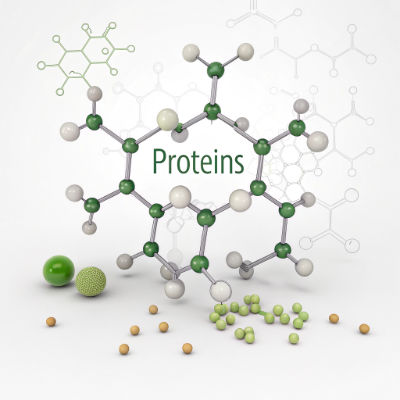
Macro-Nutrients
Carbohydrates, proteins, and fats fuel your body. ~90% of adults lack sufficient fiber, ~7.7% of elderly are low on protein, and >90% miss omega-3 targets, risking digestive issues, muscle loss, and heart disease.3 Learn to balance carbs (45–65%), proteins (10–35%), and fats (20–35%) with whole foods like quinoa, chicken, and olive oil.4
Discover Macro-Nutrients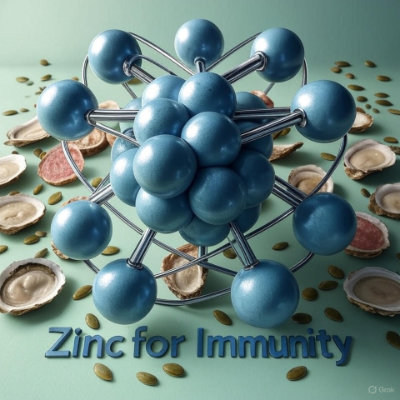
Micro-Minerals
Minerals like calcium (~44% deficient), magnesium (~52% deficient), and potassium (100% below AI) support bones, nerves, and heart health.5 At-risk groups include teenage girls, elderly, and vegans. Boost intake with dairy, nuts, and leafy greens to prevent osteoporosis and hypertension.6
Explore Micro-Minerals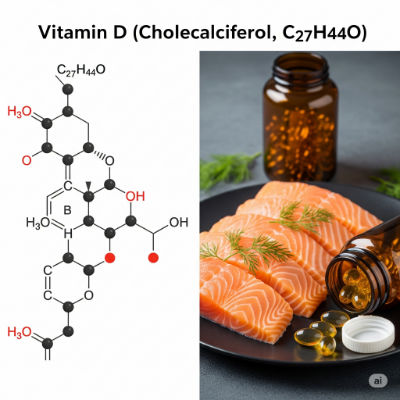
Micro-Vitamins
Vitamins D (>90% low), B12 (~20% elderly deficient), and C (~6% deficient) are critical for immunity, bones, and energy.7 Smokers, vegans, and those with low sun exposure are at risk. Include fish, eggs, and citrus to combat fatigue and neurological issues.8
Learn About Micro-Vitamins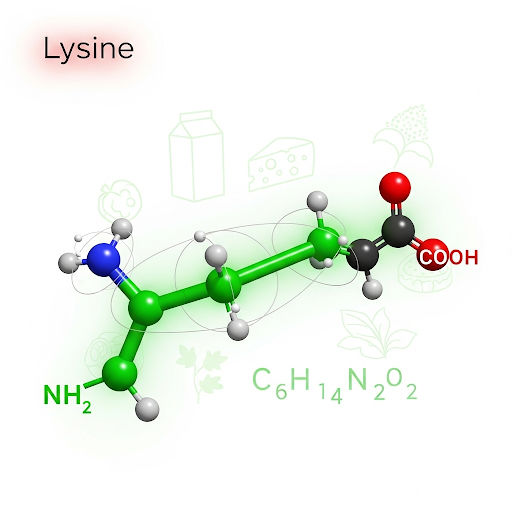
Amino Acids
Essential amino acids (e.g., leucine, lysine) from complete proteins like meat, soy, and quinoa are vital for muscle and immunity.9 ~10–20% of vegans and elderly have low intake, risking sarcopenia. Try recipes like Moringa Dal or Quinoa Stew to boost EAAs.10
Dive into Amino Acids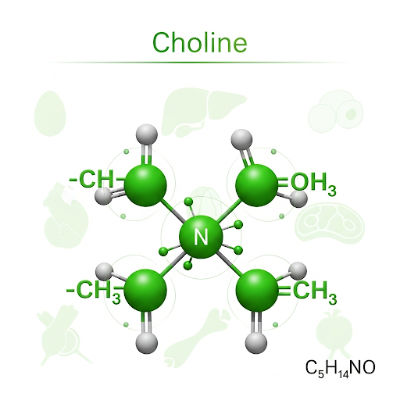
Other Nutrients
Choline (~90% low), antioxidants, and fluoride support liver, cellular, and dental health.11 General populations and smokers are at risk for deficiencies, leading to cognitive decline and oxidative stress. Include eggs, fruits, and fluoridated water.12
Explore Other Nutrients
Medicinal Mushrooms
Medicinal mushrooms—nature's ancient healers—have been revered for millennia in traditional Chinese and Japanese medicine for their profound health benefits. From immune modulation to cognitive enhancement and emerging roles in mental health and cancer therapy, these fungi are packed with bioactive compounds like beta-glucans, triterpenes, and alkaloids.
Explore Medicinal MushroomsWhy Nutrients Matter
Nutrients power every bodily function, from muscle repair to brain health. Modern diets, high in processed foods, contribute to widespread deficiencies—e.g., 100% of adults miss potassium goals, and >90% lack optimal vitamin D.13 These gaps increase risks of chronic diseases like heart disease, osteoporosis, and diabetes.14 At NutrientShield, our guides offer practical tips, from choosing whole foods (e.g., salmon for omega-3s, spinach for magnesium) to balancing macros for your goals.15 For comprehensive support, try Thorne's Multi-Vitamin Elite.Affiliate Disclosure: We may earn a commission at no extra cost to you.
Join Our Community
Nutrition is a journey best shared! In our Community Corner, post your nutrient-rich recipes, health stories, or hilarious kitchen fails (we've all burnt *something*!). Log in to share, rate, and connect with others chasing wellness through food. Explore user stories like vegan protein triumphs or epic "charcoal briquette" baking mishaps to inspire your path.16
Start Your Journey: Dive into our guides for science-backed insights and practical tips. Whether you're boosting protein with tofu or adding chia seeds for fiber, NutrientShield is here to guide you. Explore more at Macro-Nutrients, Micro-Minerals, Micro-Vitamins, Amino-Acids, and Other-Nutrients.
Disclaimer: This information is for educational purposes only and not a substitute for medical advice. Consult a healthcare professional before making dietary changes or starting supplements.
References
- Venn, B. J. (2020). Macronutrients and human health for the 21st century. Nutrients, 12(8), 2361. https://www.ncbi.nlm.nih.gov/pmc/articles/PMC7468865/
- Dietary Guidelines for Americans, 2020–2025. (2020). U.S. Department of Agriculture. https://www.dietaryguidelines.gov/sites/default/files/2020-12/Dietary_Guidelines_for_Americans_2020-2025.pdf
- Reynolds, A., et al. (2019). Carbohydrate quality and human health: A series of systematic reviews and meta-analyses. The Lancet, 393(10170), 434–445. https://doi.org/10.1016/S0140-6736(18)31809-9
- Phillips, S. M. (2017). Current concepts and unresolved questions in dietary protein requirements and supplements in adults. Frontiers in Nutrition, 4, 13. https://doi.org/10.3389/fnut.2017.00013
- National Institutes of Health, Office of Dietary Supplements. (2025). Calcium. https://ods.od.nih.gov/factsheets/Calcium-HealthProfessional/
- Rosanoff, A., et al. (2012). Suboptimal magnesium status in the United States: Are the health consequences underestimated? Nutrition Reviews, 70(3), 153–164. https://doi.org/10.1111/j.1753-4887.2011.00465.x
- Holick, M. F. (2017). The vitamin D deficiency pandemic: Approaches for diagnosis, treatment and prevention. Reviews in Endocrine and Metabolic Disorders, 18(2), 153–165. https://doi.org/10.1007/s11154-017-9424-1
- Carr, A. C., & Maggini, S. (2017). Vitamin C and immune function. Nutrients, 9(11), 1211. https://www.ncbi.nlm.nih.gov/pmc/articles/PMC5707683/
- NutrientShield. (n.d.). Complete Plant-Based and Animal Protein Sources & Essential Amino Acids. https://nutrientshield.com/Amino-Acids
- Young, V. R., & Pellett, P. L. (1994). Plant proteins in relation to human protein and amino acid nutrition. Am J Clin Nutr, 59(5), 1203S–1212S. https://doi.org/10.1093/ajcn/59.5.1203S
- Zeisel, S. H., & da Costa, K. A. (2009). Choline: An essential nutrient for public health. Nutrition Reviews, 67(11), 615–623. https://doi.org/10.1111/j.1753-4887.2009.00246.x
- Lobo, V., et al. (2010). Free radicals, antioxidants and functional foods: Impact on human health. Pharmacognosy Reviews, 4(8), 118–126. https://www.ncbi.nlm.nih.gov/pmc/articles/PMC3249911/
- Weaver, C. M., et al. (2016). The National Osteoporosis Foundation's position statement on peak bone mass development and lifestyle factors. Osteoporosis International, 27(4), 1281–1386. https://doi.org/10.1007/s00198-015-3440-3
- Liu, S., et al. (2018). Dietary fats and cardiovascular disease: A presidential advisory. Circulation, 138(2), e1–e23. https://doi.org/10.1161/CIR.0000000000000581
- Cena, H., & Calder, P. C. (2020). Defining a healthy diet: Evidence for the role of contemporary dietary patterns in health and disease. Nutrients, 12(2), 334. https://www.ncbi.nlm.nih.gov/pmc/articles/PMC7071223/
- NutrientShield. (n.d.). Community Corner: Recipes Journeys Burnt Offerings. https://nutrientshield.com/Users-Blogs
AdSense Ad Placeholder (Responsive Ad Unit)
Your Guide to Macronutrients
Macronutrients—carbohydrates, proteins, and fats—are the foundation of a healthy diet, fueling your body for energy, growth, and vitality. At NutrientShield, we’re here to help you understand these essential nutrients, optimize your intake, and make informed choices for lasting wellness.1 Whether you’re an athlete, a busy professional, or simply aiming to feel your best, balancing macronutrients is key to achieving your health goals.
What Are Macronutrients?
Macronutrients are nutrients your body needs in large amounts to function properly. Each provides energy (measured in calories) and serves unique roles:2
- Carbohydrates: Primary energy source (4 kcal/g), fueling your brain, muscles, and daily activities.
- Proteins: Building blocks (4 kcal/g) for muscles, enzymes, and immune function.
- Fats: Concentrated energy source (9 kcal/g), supporting cell function and nutrient absorption.
The USDA recommends 45–65% of daily calories from carbs, 10–35% from protein, and 20–35% from fat, tailored to your age, activity, and goals.3
Carbohydrates: Your Energy Source
Carbohydrates are broken down into glucose, powering everything from your morning jog to mental focus. They come in two forms:4
- Simple Carbs: Found in fruits and sugars, provide quick energy but may spike blood sugar.
- Complex Carbs: Found in whole grains, legumes, and vegetables, offer sustained energy and fiber for digestion.
Adults need at least 130 g/day of carbs, with athletes requiring 6–10 g/kg body weight.5 Choose complex carbs like quinoa or oats to stabilize blood sugar and reduce chronic disease risk.6 For a clean carb boost, try Naked Nutrition’s Maltodextrin (ideal for post-workout recovery).Affiliate Disclosure: We may earn a commission on qualifying purchases at no extra cost to you.
Proteins: Building and Repairing
Proteins are made of amino acids, essential for muscle repair, immune health, and hormone production. Complete proteins (e.g., eggs, fish) provide all nine essential amino acids, while plant-based sources (e.g., beans, tofu) can be combined for balance.7
Adults need 0.8 g/kg body weight daily, with active individuals requiring 1.2–2.0 g/kg.8 A high-protein diet enhances satiety, aiding weight management.9 Boost your intake with Optimum Nutrition’s Gold Standard Whey, trusted by athletes for muscle recovery.Affiliate Disclosure: We may earn a commission on qualifying purchases at no extra cost to you.
Fats: Essential for Health
Fats support cell membranes, hormone synthesis, and absorption of vitamins A, D, E, and K. Types include:10
- Unsaturated Fats: Found in olive oil, avocados, and salmon, promote heart health.
- Saturated Fats: Found in butter and red meat, should be limited to <10% of calories.
- Trans Fats: Found in processed foods, should be avoided.
Fats should comprise 20–35% of calories, with unsaturated fats prioritized.3 Add healthy fats to your diet with PiqueLife’s MCT-based Beauty Electrolytes for energy and skin health.Affiliate Disclosure: We may earn a commission on qualifying purchases at no extra cost to you.
Balancing Your Macros
A balanced macronutrient intake supports energy, weight management, and disease prevention. A 2020 study found diets with 50–55% carbs linked to lower mortality.11 Use this table to guide your daily intake:
| Macronutrient | Recommended % of Calories | Grams per Day (2000 kcal diet) |
|---|---|---|
| Carbohydrates | 45–65% | 225–325 g |
| Proteins | 10–35% | 50–175 g |
| Fats | 20–35% | 44–78 g |
Track macros using apps like MyFitnessPal or consult a dietitian for personalized ratios. For active lifestyles, try Macros Protein Bar Bundle for balanced nutrition on the go.Affiliate Disclosure: We may earn a commission on qualifying purchases at no extra cost to you.
Practical Tips for Macronutrient Success
- Prioritize Whole Foods: Choose oats, chicken, and avocados over processed options.
- Plan Meals: Prep balanced meals with 1/3 carbs, 1/3 protein, and 1/3 fats.
- Adjust for Goals: Increase protein for muscle gain or carbs for endurance.
- Stay Hydrated: Water supports nutrient metabolism.
Explore our Nutrients Guide or Mitochondrial Health Guide for more tips on optimizing your diet.
Disclaimer: This information is for educational purposes only and not a substitute for medical advice. Consult a healthcare professional before starting supplements.
References
- NutrientShield. (n.d.). Macro-Nutrients. https://nutrientshield.com/Macro-Nutrients
- Venn, B. J. (2020). Macronutrients and human health for the 21st century. Nutrients, 12(8), 2363. https://www.ncbi.nlm.nih.gov/pmc/articles/PMC7468865/
- Dietary Guidelines for Americans, 2020–2025. (2020). U.S. Department of Agriculture. https://www.dietaryguidelines.gov/sites/default/files/2020-12/Dietary_Guidelines_for_Americans_2020-2025.pdf
- Slavin, J. (2013). Carbohydrates and health: An overview. Nutrition Reviews, 71(Suppl 1), S1–S5. https://doi.org/10.1111/nure.12055
- Thomas, D. T., et al. (2016). Position of the Academy of Nutrition and Dietetics: Nutrition and athletic performance. Journal of the Academy of Nutrition and Dietetics, 116(3), 501–528. https://doi.org/10.1016/j.jand.2015.12.006
- Reynolds, A., et al. (2019). Carbohydrate quality and human health: A series of systematic reviews and meta-analyses. The Lancet, 393(10170), 434–445. https://doi.org/10.1016/S0140-6736(18)31809-9
- Carreiro, A. L., et al. (2016). The macronutrients, appetite, and energy intake. Annual Review of Nutrition, 36, 73–103. https://www.ncbi.nlm.nih.gov/pmc/articles/PMC4960974/
- Phillips, S. M. (2017). Current concepts and unresolved questions in dietary protein requirements and supplements in adults. Frontiers in Nutrition, 4, 13. https://doi.org/10.3389/fnut.2017.00013
- Leidy, H. J., et al. (2015). The role of protein in weight loss and maintenance. American Journal of Clinical Nutrition, 101(6), 1320S–1329S. https://doi.org/10.3945/ajcn.114.084038
- Liu, S., et al. (2018). Dietary fats and cardiovascular disease: A presidential advisory. Circulation, 138(2), e1–e23. https://doi.org/10.1161/CIR.0000000000000581
- Cena, H., & Calder, P. C. (2020). Defining a healthy diet: Evidence for the role of contemporary dietary patterns in health and disease. Nutrients, 12(2), 334. https://www.ncbi.nlm.nih.gov/pmc/articles/PMC7071223/
